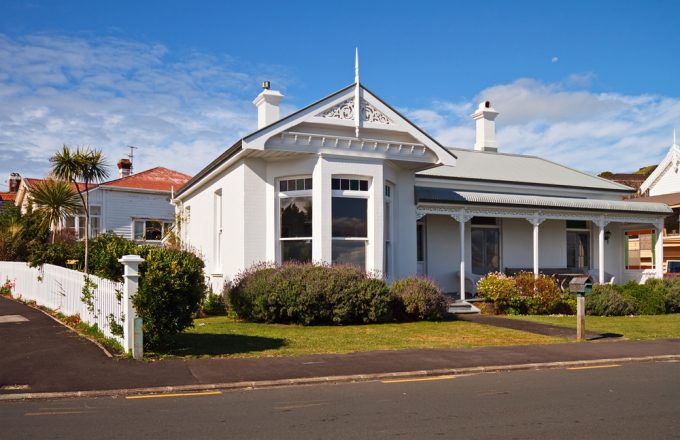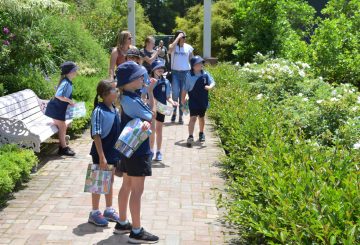Keterjangkauan perumahan untuk pembeli pertama kali mencapai titik terendah baru di bulan Oktober – titik terendah sejak Laporan Keterjangkauan Pinjaman Rumah dari interest.co.nz dimulai pada tahun 2004.
Laporan ini mengukur tiga indikator keterjangkauan perumahan untuk pembeli pertama kali: harga rata-rata rumah di kuartil bawah, suku bunga KPR, dan gaji rata-rata orang berusia 25-29 tahun.
Dari informasi ini, dapat diketahui berapa banyak yang harus ditabung oleh pembeli pertama kali untuk mendapatkan deposit sebesar 10%, berapa banyak yang harus mereka pinjam, dan berapa besar cicilan KPR mingguan mereka.
Cicilan KPR dianggap tidak terjangkau jika mencapai lebih dari 40% dari penghasilan.
Dengan harga bulan Oktober, untuk membeli rumah dengan harga rata-rata kuartil bawah nasional sebesar $610.000, pembeli pertama kali perlu menabung $61.000 untuk deposit 10% dan meminjam $549.000 untuk hipotek. Pembayaran hipotek mereka dengan suku bunga tetap rata-rata dua tahun sebesar 5,88% di bulan Oktober adalah $849 per minggu.
Rata-rata gaji nasional setelah pajak untuk pasangan berusia 25-29 tahun adalah $1835 per minggu di bulan Oktober. Ini berarti bahwa pembayaran hipotek akan menghabiskan 46% dari gaji yang dibawa pulang – jauh di luar jangkauan.
Tingkat keterjangkauan KPR nasional telah berada di atas 40% sejak harga rumah mencapai puncaknya pada bulan November tahun lalu. Angka ini terus meningkat, yang berarti keterjangkauan semakin memburuk.
Satu-satunya wilayah di mana ukuran keterjangkauan hipotek untuk rumah kuartil bawah berada di bawah 40% adalah Manawatu / Whanganui, Taranaki, Otago dan Southland.
Namun, Otago, dengan 39,97% dari pembayaran setelah pajak, berada tepat di bawah ambang batas, sehingga hanya menyisakan tiga wilayah di negara ini yang ‘terjangkau’.
Laporan tersebut menyatakan bahwa keterjangkauan harga lebih mudah bagi pembeli yang dapat menyediakan deposit 20%, namun ini akan menjadi tantangan bagi mayoritas pembeli rumah pertama dengan pendapatan rata-rata.






























































